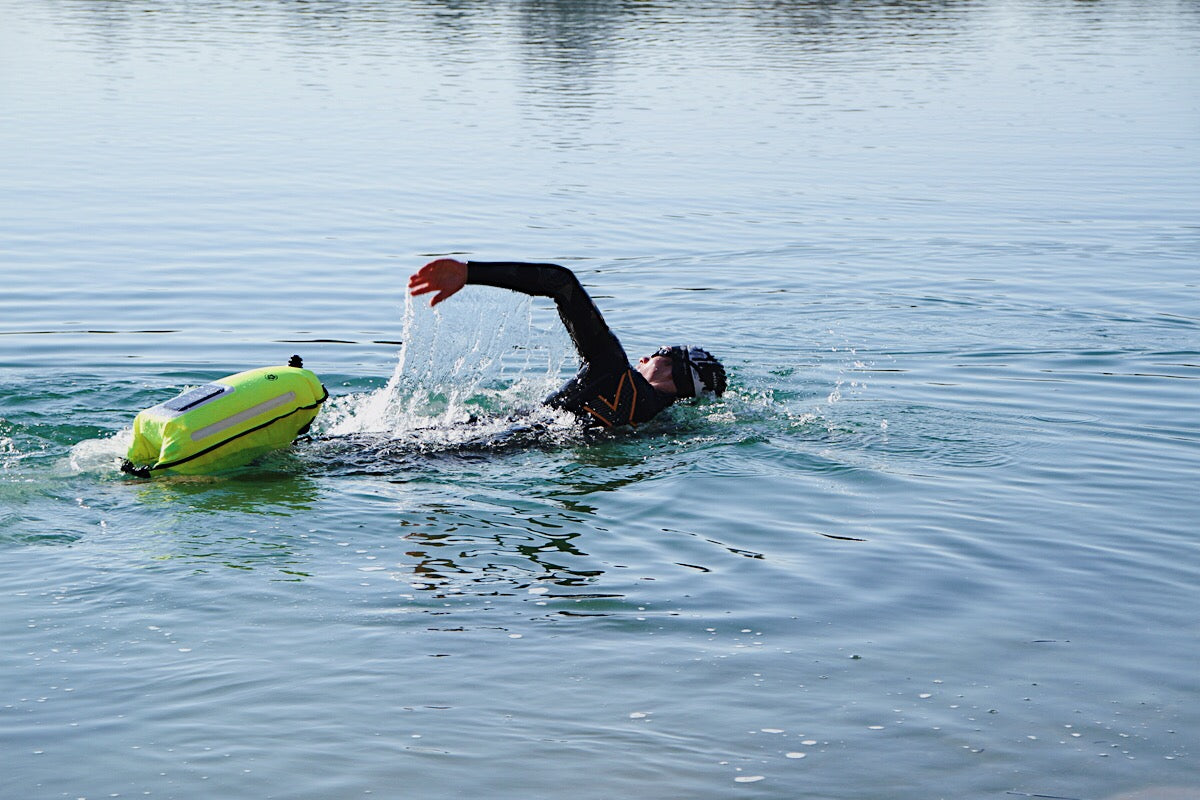If a cyclist breaks a bone, in most cases it is the collarbone. The small, S-shaped connection between the shoulder joint and the sternum is heavily loaded during a fall - mainly due to the arresting movement - and a long training break follows. Here you will find everything you need to know about broken collarbones.
What is a broken collarbone?
Anyone who regularly watches bike races on TV can tell from the rider's posture after a fall that the collarbone is injured. The cyclist usually sits on the ground and – slightly bent forward – holds his arm against his body, his hand rests on his shoulder. This is the typical relieving posture to keep the severe pain as low as possible. And the broken collarbone is the typical injury of racing cyclists.
The reason for a fracture during cycling training or in everyday life is almost always a fall or an impact. Older people and men are statistically more likely to be injured at this point - children can also break this bone at birth.
In addition to the severe pain and restricted movement, there may also be a slight bulge or depression, depending on the fracture site and type. Open fractures are very rare. The collarbone usually breaks in the middle, where it is thinnest. Swelling also occurs and rubbing and crunching noises can be heard.
Broken collarbone - now what?
If the X-ray confirms the fracture, the question arises: treat conservatively or operate? Until recently, most fractures were treated with a so-called backpack bandage. With this bandage, the shoulder is pulled back by a special bandage system in such a way that the collarbone remains in position and can grow together straight. In the case of simple, clean fractures, it then takes up to six weeks before the arm can be moved easily again. Light training that does not strain the shoulders is only possible again after ten to twelve weeks. Today, the bandage is also omitted if the break is very simple - healing is then often just as quick without a bandage as with a bandage.
More complicated fractures are more likely to be operated on today – the collarbone is held together by plates and screws, which later have to be surgically removed again. As a rule, healing after an operation is somewhat faster - always depending on the complexity of the fracture and other injuries surrounding the fracture. There are many nerves and vessels that can also be damaged by the fall.
The healing process is much faster in children and adolescents, and they are usually treated conservatively.
healing process
In 2015, professional triathlete Yvonne van Vlerken showed how fast it can go: She won the International Duathlon Lanzarote just three weeks after a collarbone operation - unfortunately that doesn't apply to all of us triathletes.
There is no general statement for the duration of the training break. Everything depends on the severity of the fracture and further injuries. As described above, the break recommendations vary greatly. Good communication with the doctor and physiotherapist is important here.
It is often possible to train on the (fixed) roller again early on – professional cyclist Tony Martin was able to sit on the roller again after just two weeks after the open fracture he sustained at the Tour de France 2015. Swimming and running are taboo for several weeks. The muscles on the injured side should be rebuilt and strengthened after complete healing, so that there are no imbalances and subsequent problems.
There is very little that can be done to prevent a broken collarbone. But anyone can invest in coordination and technique training - and well-known crash pilots should reconsider their driving style and risk tolerance.




















